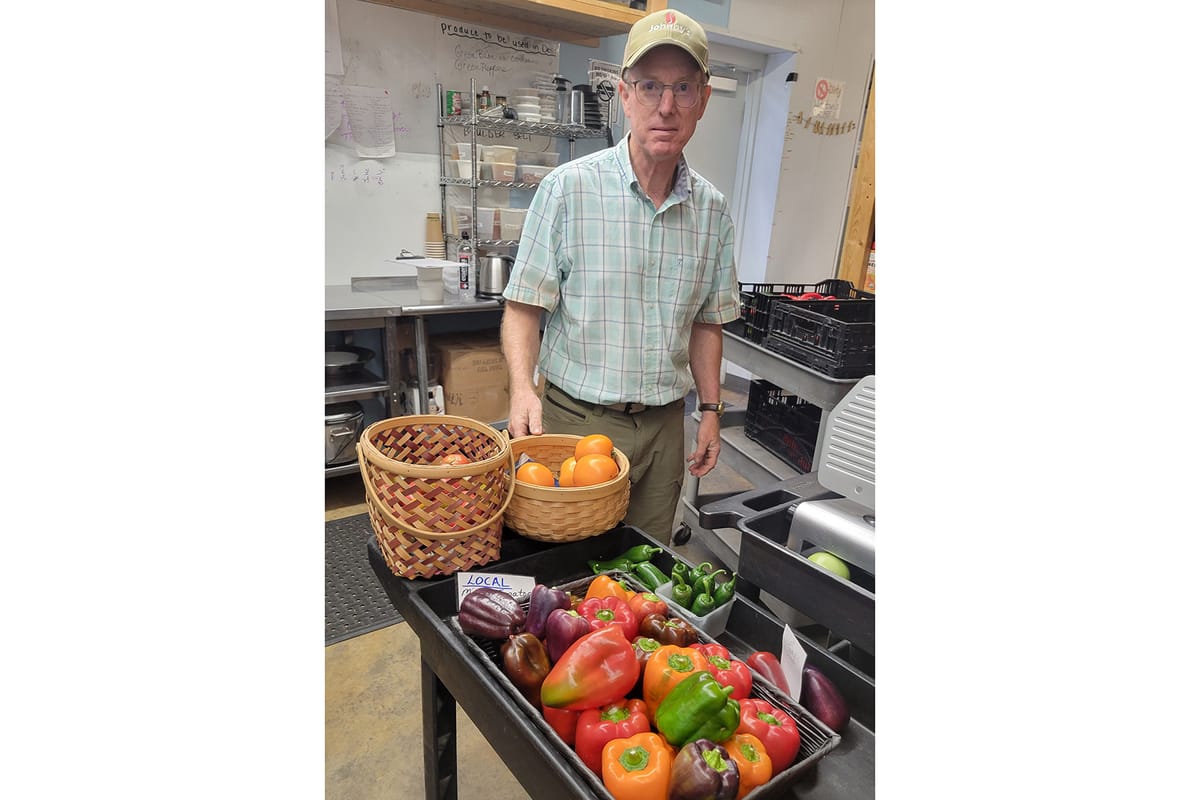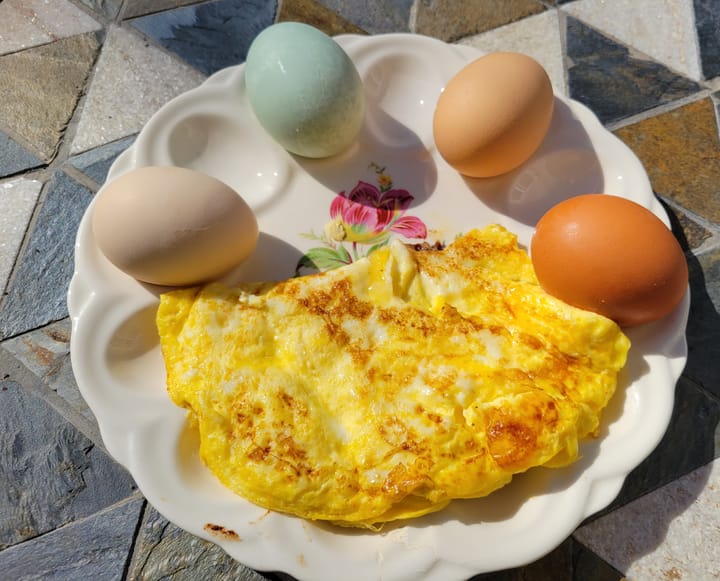Sweet and spicy: Local peppers add flair to palate
Peppers are one of the most versatile vegetables on the market, available in a variety of colors, shapes, flavors and heat levels.

A wide variety of locally grown peppers are currently available at the Oxford Farmers Market and MOON Co-op Market. Both sweet and hot peppers are available.
Sweet and hot peppers come from the same Capsicum genus, within the Solanaceae (nightshade) family. Peppers are hot if they contain the chemical capsaicin. A bell pepper lacks heat because it doesn't contain capsaicin.
The bell pepper most likely originated in Mexico, according to Oxford resident and long-time eminent Miami University botany professor Hardy Eshbaugh, an international authority on its origin. Most other members of the Capsicum genus originated in Bolivia.
Christopher Columbus bears responsibility for misapplying the name “pepper” to the plant, which has no botanical relationship to a peppercorn. Columbus sailed west in part to find a source of peppercorns, which were highly prized and valuable in Europe at the time. Columbus, of course, thought he had sailed to India, and peppercorns grown in India were already known and prized in Europe.
All sweet peppers start green. Colored ones have ripened longer and are sweeter. The mostly yellow and red taper-shaped varieties, which are widely available locally, are generally sweeter than the bell-shaped varieties.
The heat level of a hot pepper is measured according to the Scoville Heat Unit (SHU). The measuring system was invented in 1912 by a pharmacist named Wilbur Scoville. He prepared and repeatedly diluted a sample of chili with sugar-water until five test subjects no longer felt any heat. Not a job I would want.
The score on the scale represents the level of dilution required for the sensation of heat to disappear completely. Since the 1980s, high-tech machines have largely replaced human tasters, but the result is still converted back to a Scoville Heat Unit.
Each pepper receives a range of SHU. Two samples of a specific type of pepper can have different SHUs if they were grown at different locations in different soils.
Scoville may have had a local connection. He married Cora Upham, and Miami’s President between 1928 and 1945 was Alfred Upham. Cora and Alfred were born within a decade of each other, so perhaps they were distant cousins, though there is no proof of this.
Craig and Sharon Harkrider grow a number of hot peppers at Stoney Hedgerow Farm, several of which recently became available at MOON Co-op Market and Oxford’s Farmers Market this season. Each of the options below is available now.
Poblano (SHU 1,000-2,000) is among the mildest of the so-called hot peppers. It has a dark green color and a chunky shape suitable for stuffing. Poblano is often used in Mexican dishes like mole.
Salsas an Thai cuisine often make use of serrano peppers (SHU 10,000-25,000), which are considered medium hot. Serranos are around 3 inches long and thin, either red or green.
Cayenne (SHU 30,000-40,000) is a well-known hot pepper, because it is often dried and sold as powder or flakes in spice jars. Cayenne powder is available at MOON Co-op in the bulk section, so one can buy a small quantity.
When I was a student in England, friends invited me over for “American-style” chili. The hot peppers they used produced chili that was way too hot to eat. Because capsaicin is oily, the heat couldn’t be reduced by adding water. Capsaicin is soluble in dairy products and alcohol, so the heat could have been calmed with yogurt, cheese, or beer.
My friends in England gave up and found something else in the fridge to eat.
James Rubenstein is president of the Board of Directors for the Oxford Free Press and professor emeritus of geography at Miami University.




